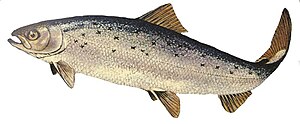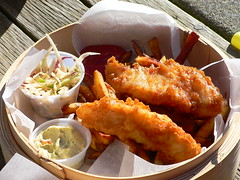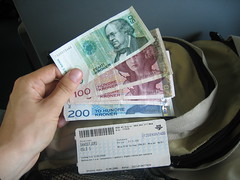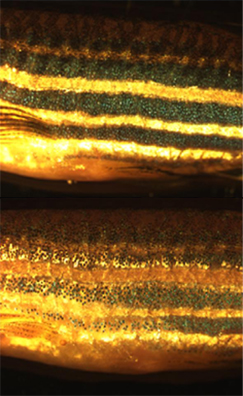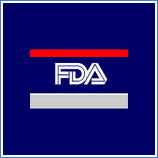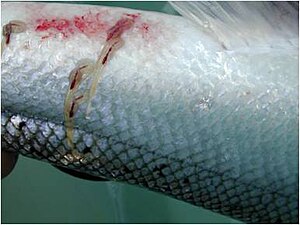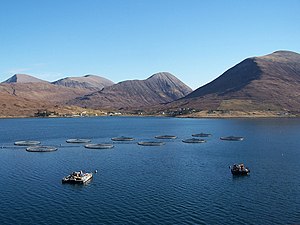NOA Fisheries is hosting a 3 day Aquaponics course December 16-18, 2012 at the Double Tree by Hilton in Toronto, Canada.
Aquaponics is a sustainable farming method that helps fish farmers
earn a second income by hydroponically growing vegetables and leafy
greens with the nutrient rich water from their recirculating aquaculture
system.
Speakers:
Dr. Nick Savidov AARD
Dr. Michael Timmons Cornell University
Dr. Kevin Fitzsimmons Arizona University
Charlie Shultz formerly of UVI
Donald Bailey UVI
Steve Naylor OMAFRA
Includes a hands on portion where you can learn how to sex tilapia,
collect and rear eggs, plant seedlings, prepare harvest for specific
markets.
Discounted room rates $99 per night for course participants.
There is a free shuttle bus from Pearson International Toronto Airport
directly to the hotel. Classes located inside the hotel. Lunches, breaks
and cocktail party included. Restaurants within walking distance for
dinner dining. Complimentary bus to hands on portion.
Recirculating Aquaculture Textbook by Dr. Timmons and Ebling Discounted $99 for particpants.
Ontario farmers can qualify for course cost sharing through Ontario Soil and Crop.
http://www.ontariosoilcrop.org/en/bdfbapplications/default.htm
Register Early spaces are limited
For more information please call 416-546-6623 Email:
info@noafisheries.ca








